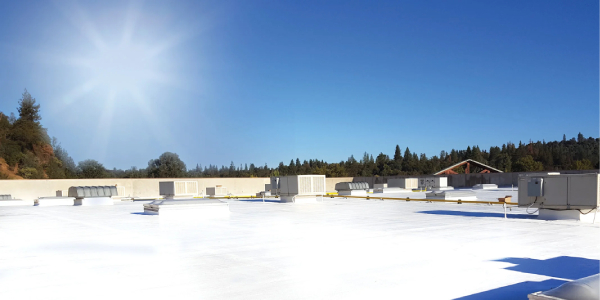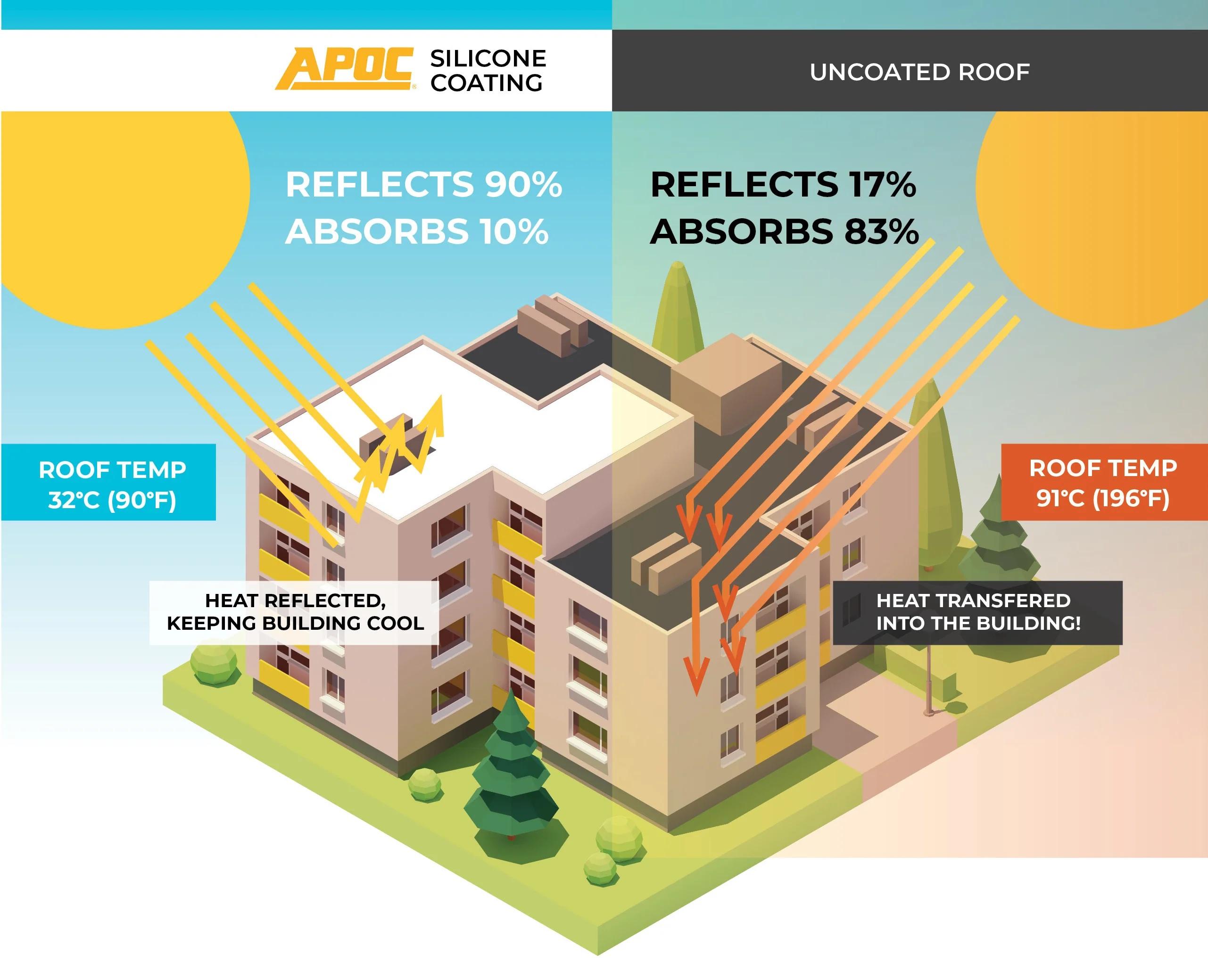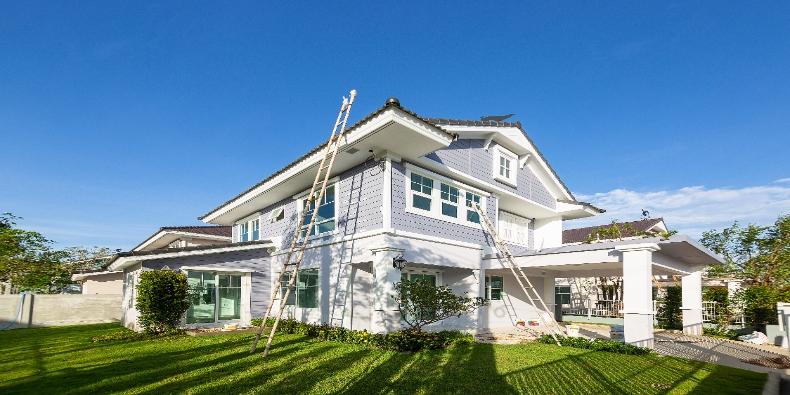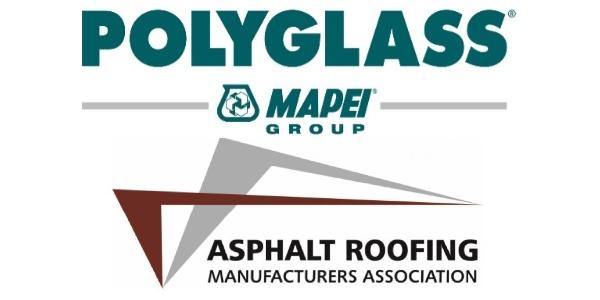To energy savings and beyond!

By APOC.
Learn about the science behind reflective roof coatings and how they create a better built environment!
 Heat can be hugely detrimental to roofing systems. It is a type of stress that shortens the entire roof’s lifespan whilst simultaneously placing more pressure and work on the building’s internal cooling systems. The Cool Roof Rating Council (CRRC) reports that black surfaces in the sun can be up to 90° F hotter than a well-designed, reflective white surface. And it’s not just the building itself that this higher temperature affects. Higher surface temperatures in general contribute to an issue called urban heat islands. Essentially, the rising temperature on structures in a built environment causes the entire area's temperature to be hotter and remain hotter. This leads to increased energy usage, air pollution, greenhouse gas emissions and health concerns. In this article, the experts from APOC share some of the science behind how using a reflective surface can help a building and its surrounding environment!
Heat can be hugely detrimental to roofing systems. It is a type of stress that shortens the entire roof’s lifespan whilst simultaneously placing more pressure and work on the building’s internal cooling systems. The Cool Roof Rating Council (CRRC) reports that black surfaces in the sun can be up to 90° F hotter than a well-designed, reflective white surface. And it’s not just the building itself that this higher temperature affects. Higher surface temperatures in general contribute to an issue called urban heat islands. Essentially, the rising temperature on structures in a built environment causes the entire area's temperature to be hotter and remain hotter. This leads to increased energy usage, air pollution, greenhouse gas emissions and health concerns. In this article, the experts from APOC share some of the science behind how using a reflective surface can help a building and its surrounding environment!
Beyond energy savings
Radiant heat and powerful UV rays cause thermal shock and rapid deterioration of all roofing materials at the molecular level. This constant exposure results in accelerated aging, lost flexibility, fatigue, splits and cracks and ultimately roof membrane failure. Heat build-up on a roof can also lead to increased building temperatures, building discomfort, and in some cases, unproductive employees. In fact, cool roof systems can also dramatically decrease roof maintenance requirements.
Reflective roofing restoration systems deliver high solar reflectivity and thermal emittance which significantly reduces roof temperatures. Lower roof temperatures have been proven to decrease internal building temperatures resulting in recurring savings from lessened air conditioning needs. As an added benefit, air conditioning equipment is less strained which can extend the life span of that equipment too. The bottom line is that reflective roof coatings can significantly increase energy efficiency, saving money along the way by improving occupancy efficiency, extending the life of HVAC equipment, lessening the need for roof maintenance and of course, roof restoration systems can extend the life of the existing roof, typically by 5-15 years, depending on the condition of the roof.
Original article and photo source: APOC
Learn more about APOC in their Coffee Shop Directory or visit www.apoc.com.





















Comments
Leave a Reply
Have an account? Login to leave a comment!
Sign In